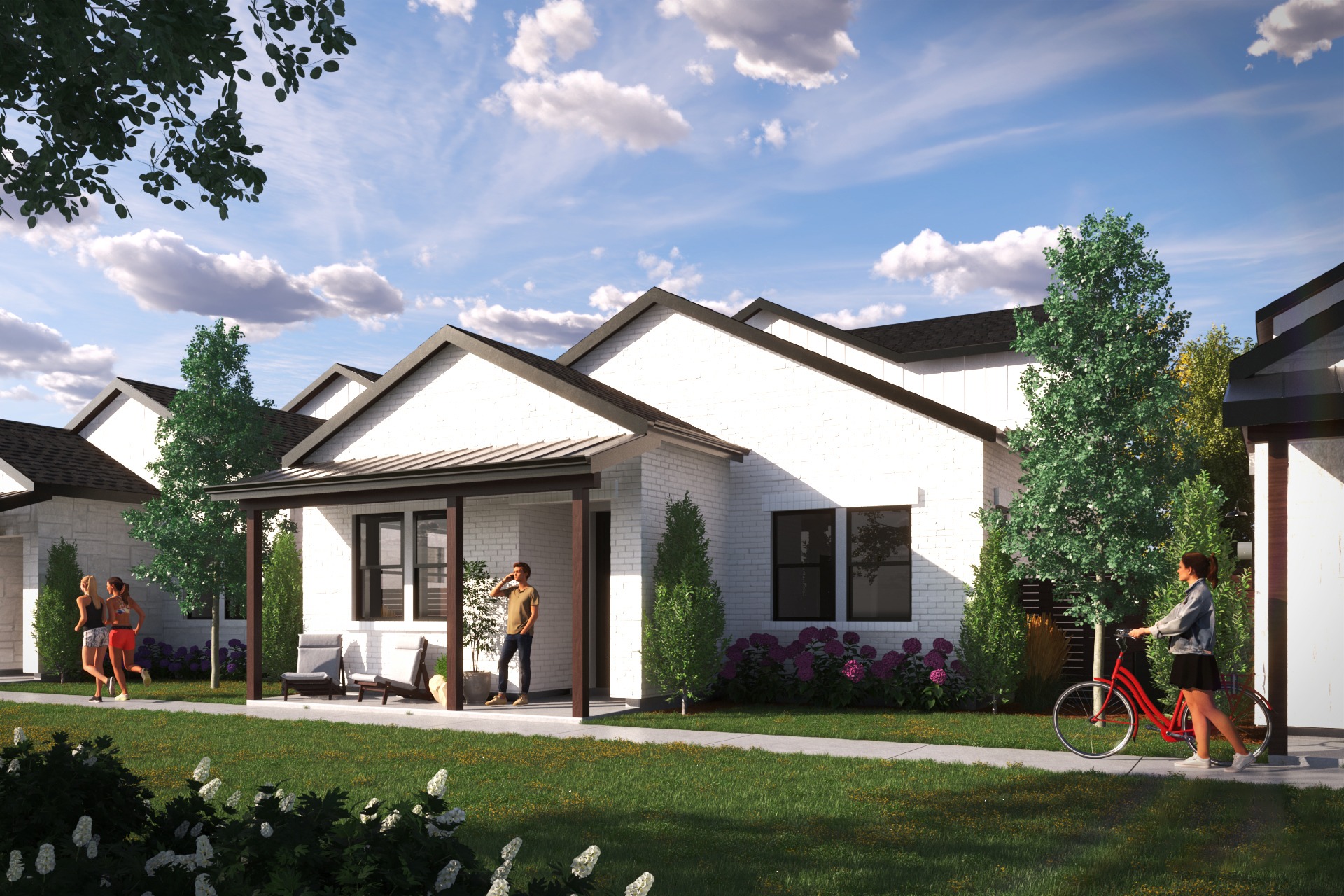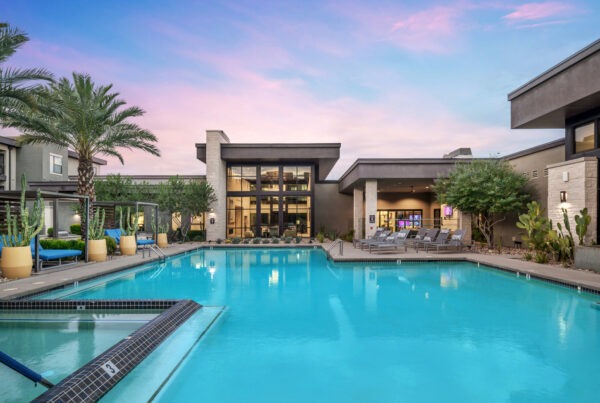This article was recently published by Multifamily Properties Quarterly. To read the full article, click here.
The housing market is fundamentally shifting as homeownership becomes increasingly unattainable—first-time buyers now average 38 years old, and mortgage payments are 52% higher than rent. This has fueled explosive growth in build-to-rent (BTR), which has attracted over $50 billion in investment since 2020.
While traditional paired BTR homes achieve 8-14 units per acre, integrating a multifamily component like garden apartments can nearly double density—crucial in high-cost markets like Colorado where land prices continue rising alongside construction costs and elevated interest rates.
Mixed-density communities combining BTR homes with apartments unlock multiple advantages: BTR tenants stay an average of 5.6 years (more than double typical apartment leases), providing predictable cash flows and reduced turnover costs. These developments also create natural “step-up” opportunities, allowing renters to move from apartments to larger BTR homes within the same community, strengthening retention and neighborhood cohesion.
Developers can choose between two strategic models: unified communities with shared amenities and operations offer lower development costs but must be sold as a single asset, while separate platted communities add complexity but enable independent sales and tiered amenity access—BTR residents can access both community amenity sets while apartment tenants use only their designated facilities, creating added value for higher-paying BTR tenants and encouraging internal move-ups.
For developers and investors, the message is clear: mixed-density, strategically designed communities are no longer just a creative solution—they are a market imperative. By combining apartments and BTR homes in a flexible site plan, developers can achieve higher returns, appeal to broader renter segments, and deliver resilient, future-ready communities.
In a market defined by constraints, complexity, and opportunity, the most successful rental developments will be those that maximize land value, offer diverse housing options, and thoughtfully respond to the evolving needs of today’s renters.











